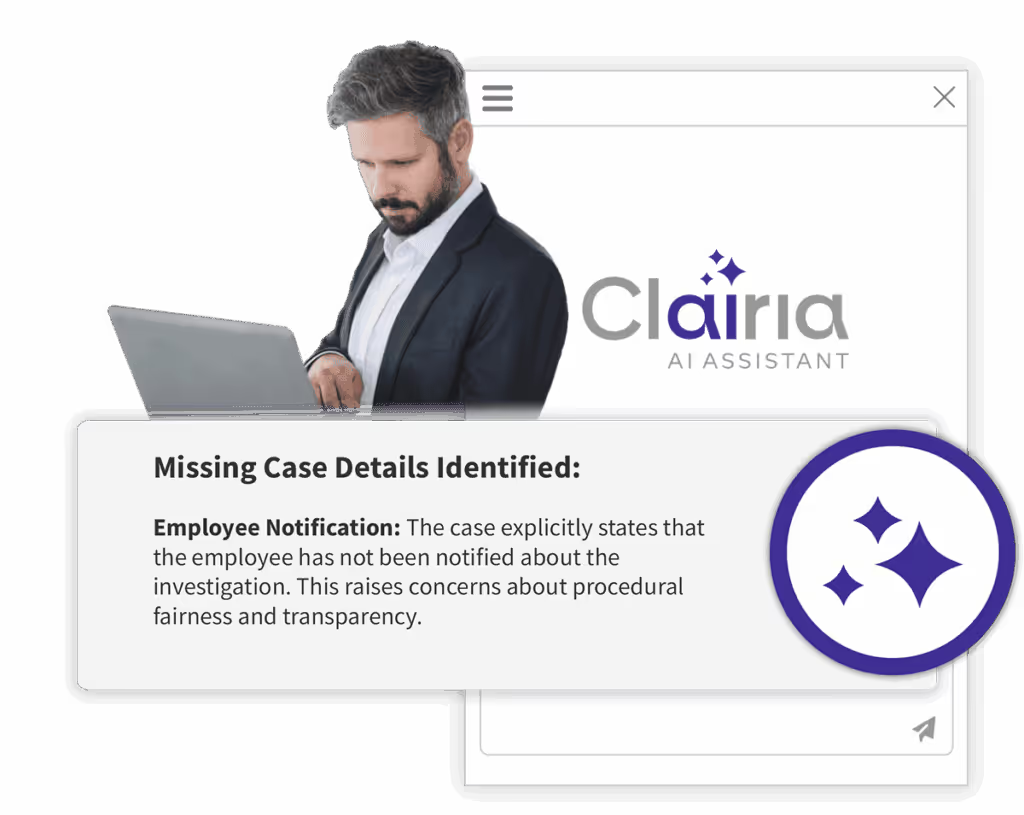Investigation Techniques: Evidence Collection and Preservation
Proper evidence collection and preservation can make or break an investigation.
Next to investigation interviews, physical and electronic evidence are the most critical pieces in an investigation. Far too often we hear stories about employees destroying evidence when they catch wind of an investigation. When evidence is misplaced or destroyed, it becomes harder to put the pieces of the investigation together.As investigators, you need to take action to preserve evidence as soon as the decision to investigate has been made. It's also important to have easy access to evidence throughout an investigation. Manually keeping track of evidence can be challenging.
Do you know the difference between evidence types?
Investigators find and use many types of evidence in their investigations. Download this free PDF to learn definitions and examples of 15 common types you might encounter.Get My Cheat Sheet
Evidence collection and preservation is a huge topic. There are many types of evidence and just as many techniques investigators can use to discover it.This post is focused on the basics:
- What action to take when an investigation starts.
- Preserving and keeping track of evidence once it has been collected.
When an Investigation Starts
Lock down access to any emails or files the employee may want to hide or destroy. When an employee is aware of an investigation, they might try to delete evidence from their computer or sabotage any other physical evidence against them.It's probably best to have the IT department involved and create an action plan that's executed each time an investigation is launched. This way, everyone knows what their role is and the plan can be executed seamlessly to ensure evidence is kept intact.Sometimes you have to look at the bigger picture in order to collect all of the evidence you are going to need. It's likely that there's information within your organization that plays a role in an investigation but it isn't directly related to the incident under investigation.In the book "The Essential Guide to Workplace Investigations," Lisa Guerin, J.D, writes:
"In every investigation, ask yourself what types of documents could help you figure out what happened. Think about the records your company keeps - in personnel files, attendance reports, inventories, computer records and so on."










